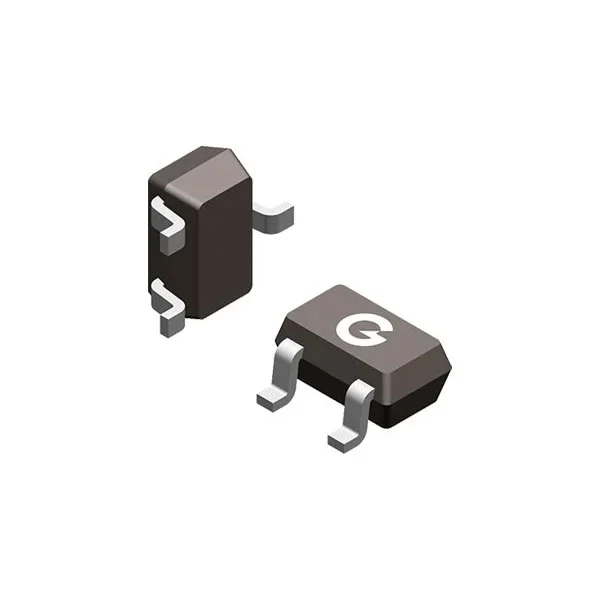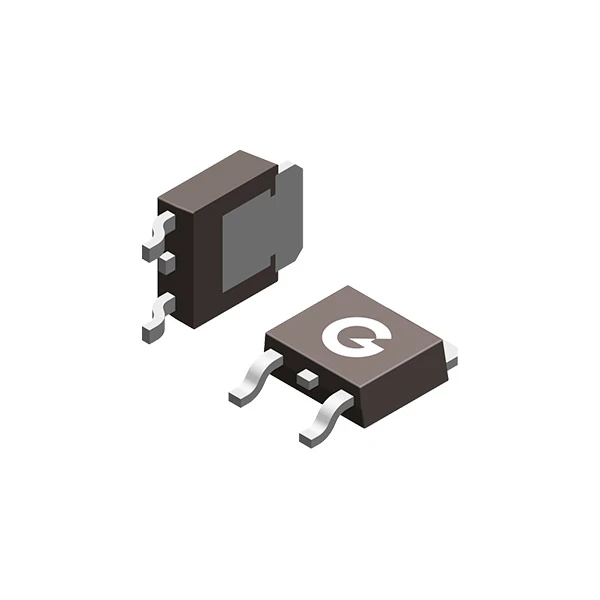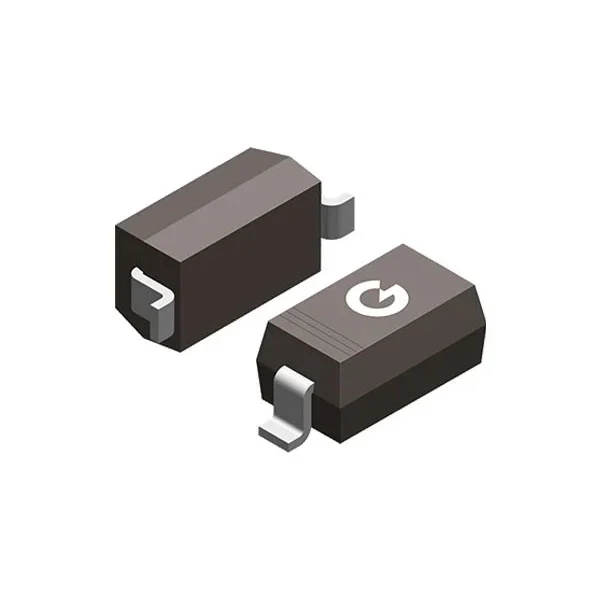en
The utilization of power conversion methodologies varies from simple configurations employing diodes and capacitors for smoothing to intricate integrated circuits featuring multiple conversion and regulation stages. Nonetheless, a key component prevailing across these schemes, as well as in crucial applications such as radio frequency tuning and electrostatic discharge (ESD) protection, is the schottky barrier plastic rectifier. These rectifiers fulfill vital roles in electronics, owing to their inherent design and the schottky effect.
When seeking a diode for rectification that allows low forward voltage and swift switching, the schottky diode emerges as the standard choice. These attributes render schottky barrier plastic rectifiers advantageous in applications ranging from power delivery to waveform manipulation. In this discourse, we'll delve into how these components compare with their p-n diode counterparts and when opting for a schottky barrier plastic rectifier proves most advantageous.
At its core, a schottky barrier plastic rectifier, or simply a schottky diode, operates akin to traditional semiconductor diodes crafted from materials like Silicon (Si) or Germanium (Ge). However, its primary function is rectification, facilitating the flow of current predominantly in one direction. Consequently, they find utility in typical DC circuits for current enablement or hindrance, as well as in AC circuits for waveform modification.
Distinguishing features of schottky diodes include their forward operating characteristics and, notably, their structure. These diodes are fashioned by applying a metallic electrical contact onto a semiconductor; although both n-type and p-type materials can be employed, n-type materials are typically favored. This preference stems from the fact that p-type semiconductor schottky diodes exhibit lower forward voltage and consequently higher reverse bias breakdown current. Utilizing n-type materials strikes the optimal balance between forward voltage and reverse bias current. At the opposite ends of the component, Ohmic contacts are affixed to provide non-rectifying connections to the semiconductor.
In comparison to p-n junction diodes, schottky barrier plastic rectifiers boast several advantages, rendering them more suitable for switching, high-frequency rectification, and waveform manipulation applications. Some primary advantages include:
Narrow depletion region: schottky diodes feature a smaller depletion region than p-n diodes when forward biased, resulting in very low junction capacitance and rapid switching between forward and reverse biases.
Lower forward voltage: With a forward voltage as low as 0.2 to 0.3 V, schottky diodes outperform Si p-n diodes, which typically exhibit forward voltages of approximately 0.6 to 0.7 V, yielding higher current in forward bias.
Low ideality factor: schottky diodes tend to possess a low ideality factor, often as low as 1.04, enhancing their performance in various applications.
Reduced noise: In forward bias, schottky diodes demonstrate lower nonlinear impedance, resulting in decreased unwanted thermal noise compared to typical p-n junction diodes. This characteristic makes them particularly advantageous in microwave devices.
Schottky barrier plastic rectifiers find extensive use across three principal application domains: switching converters for power regulation, electrostatic discharge (ESD) protection, and microwave circuits. These applications impose specific requirements on three key specifications: junction capacitance, voltage limit, and current limit.
In power systems, schottky diodes play a crucial role in directing a DC current across an inductor and toward the output of a regulator circuit by alternating between forward bias and reverse bias states. Achieving synchronization with the driving PWM signal in upstream switching power MOSFETs demands low junction capacitance. Additionally, the device must meet stringent voltage and current limits to ensure rectification at applied voltages during operation without succumbing to breakdown.
Schottky diodes are well-suited for incorporation into microwave circuits operating at frequencies up to GHz levels, particularly under low-load conditions. The recovery time of these circuits is primarily constrained by load impedance and junction capacitance. An inherent advantage of schottky diodes in microwave applications, as opposed to Si p-n diodes, is their linearity near zero bias. This characteristic facilitates the direct collection of oscillating signals, eliminating the need for DC offset adjustments.
For those seeking high-power schottky barrier plastic rectifiers for their next design, leveraging the comprehensive search features offered by HJL is recommended. As a Chinese manufacturer of electronic components, HJL has unique advantages in the field of electronic component distribution. Firstly, HJL focuses on technological research and innovation, continuously launching high-performance, high-quality electronic component products to meet diverse market demands. Secondly, HJL has a sound supply chain system to ensure stable product supply and timely delivery, providing reliable guarantees for customers. Additionally, HJL offers personalized customization services, tailoring electronic component solutions according to the specific needs of customers, helping them achieve differentiation in competition. In today's fiercely competitive market, HJL has won the trust and praise of a large number of customers with its excellent product quality, efficient supply chain management, and professional customization services. Whether they are electronic product manufacturers, communication equipment suppliers, or enterprises in other industries, HJL can provide them with high-quality electronic component products and services, helping customers achieve business growth and market expansion. In the future, HJL will continue to uphold the business philosophy of "quality first, customer foremost", continuously innovate and forge ahead, and contribute more to the development of the Chinese electronic component distribution field.



